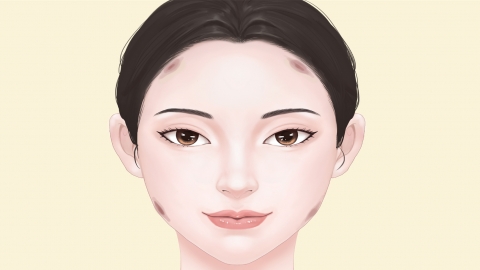How to treat facial burns
Management of facial burns generally includes immediately removing the source of injury, cooling the area with cold water, gently cleaning and protecting the wound, avoiding improper treatments that may worsen damage, and seeking timely medical evaluation and treatment. Specific steps are as follows:

1. Immediately remove the source of injury: Quickly move away from high-temperature objects, flames, or chemical agents. In cases of chemical burns, promptly relocate to a well-ventilated area to prevent continued exposure, minimizing both the extent and depth of the burn.
2. Cool with cold water: Rinse the burned area with flowing lukewarm water for 15–20 minutes to reduce skin temperature, alleviate pain, and limit thermal damage. Avoid rubbing forcefully during rinsing to prevent further damage to the skin surface. If the eyes are affected, gently rinse around the eyes, taking care not to direct water flow straight into the eyeball.
3. Gently clean and protect the wound: After rinsing, use sterile gauze or a clean towel to gently pat the face dry. Do not use soap, facial cleansers, or other cleansing products. If the skin is intact without open wounds, cover the area with sterile gauze for protection. Do not puncture any blisters yourself, as this may lead to infection and deepen the wound.
4. Avoid improper treatments that may worsen injury: Do not apply toothpaste, soy sauce, ointments, or similar substances to the burn. These may irritate the wound, interfere with a doctor’s assessment of burn severity, increase the risk of infection, exacerbate skin damage, and delay healing.
5. Seek prompt medical evaluation and treatment: Immediate hospital care is necessary if the burn covers a large area, forms blisters, breaks the skin, causes severe pain, or involves sensitive areas such as the eyes, mouth, or nose. A healthcare professional should assess the severity and provide proper treatment including disinfection, medication, and dressing to prevent scarring or functional impairment.
In daily life, avoid exposing the face to high temperatures or corrosive substances and take preventive measures. During recovery, avoid sun exposure to reduce the risk of hyperpigmentation. If signs of infection such as redness, swelling, or pus appear, seek medical review promptly.








